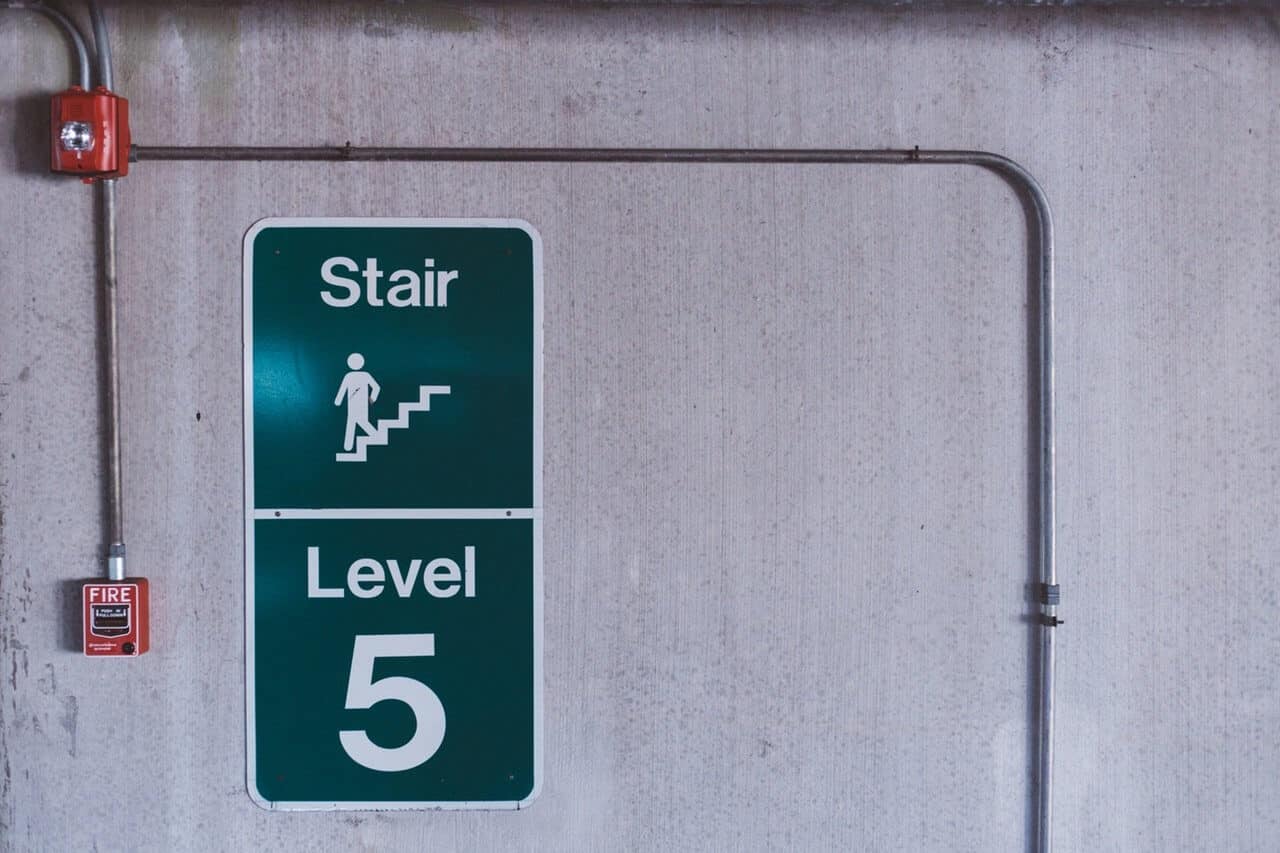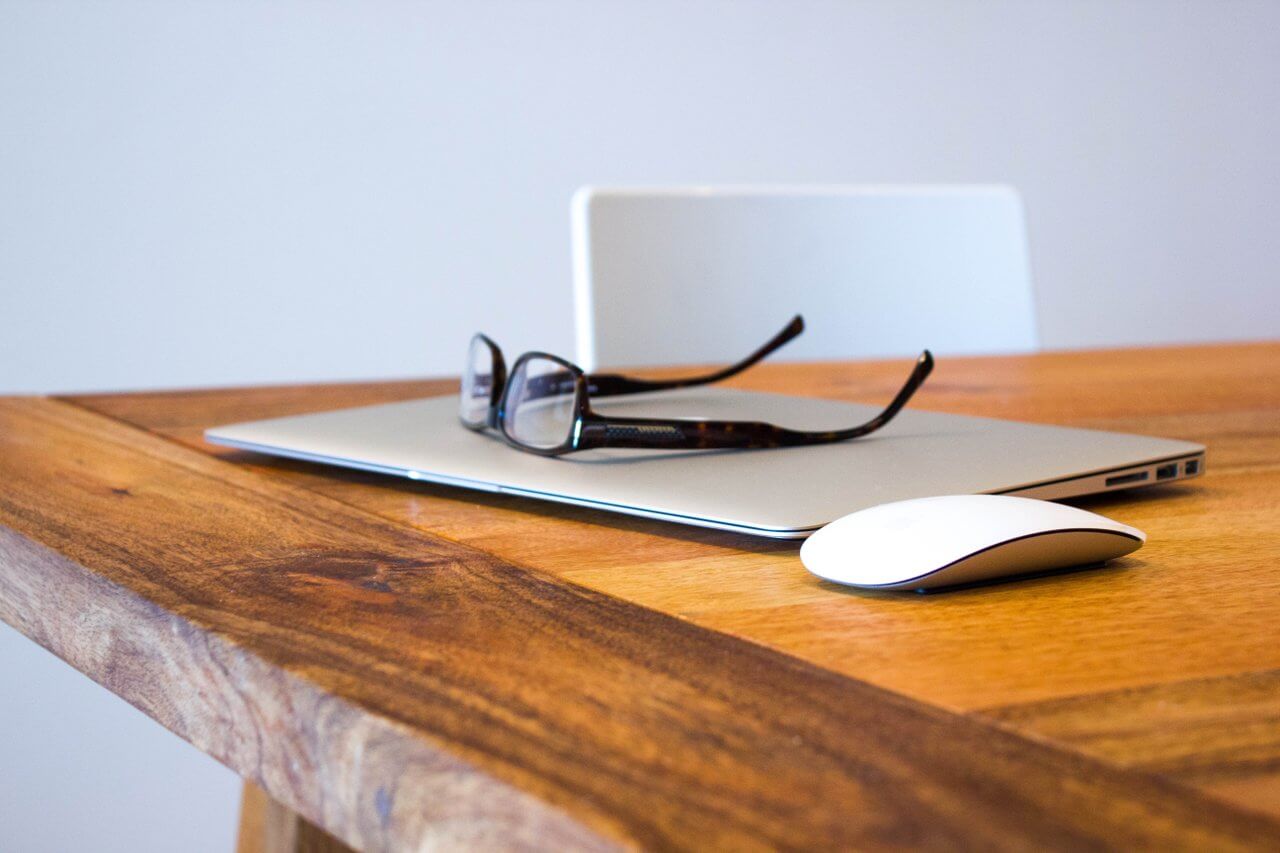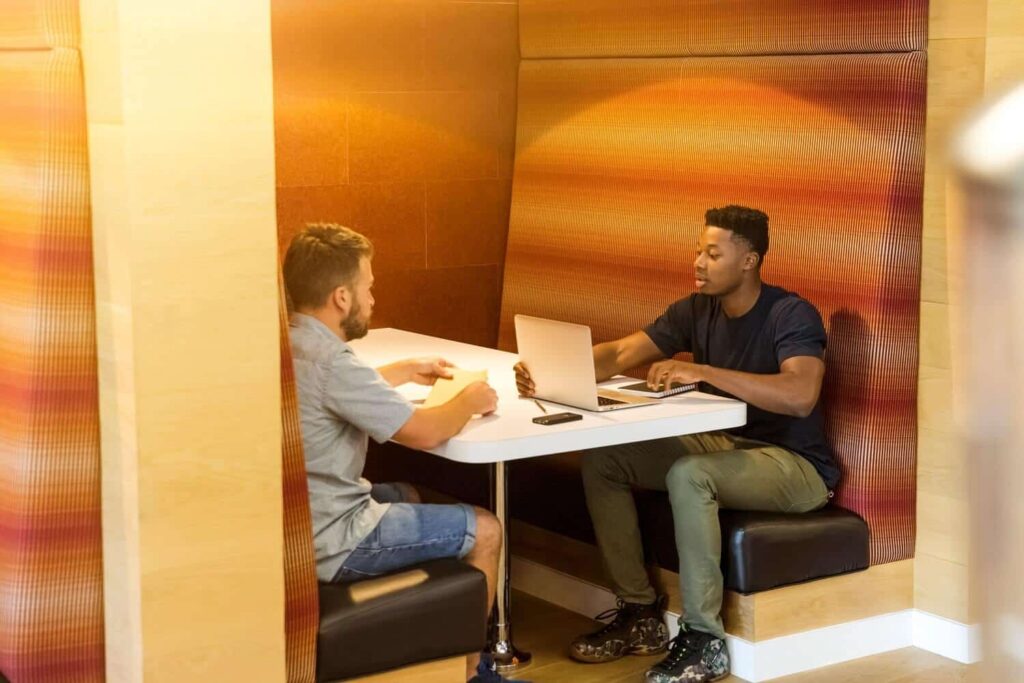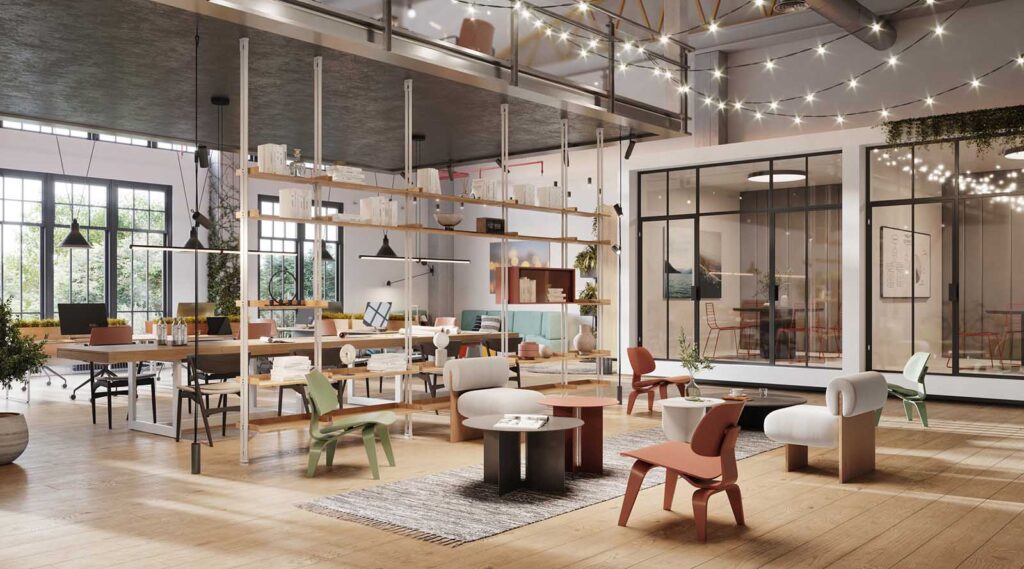FM Basics: How to Set Up Your Office to Increase the Flow of Tasks and Teams
By David Spence• 3 mins read•October 6, 2016


The design of your office space heavily impacts your team’s mood, behavior and productivity. According to Gensler’s 2016 U.S. Workplace Survey, higher-performing companies put an emphasis on functional office layouts that cater to different work activities. Designing your space can be challenging—you might have several different departments and dozens of configurations to consider. Getting the following basics right is a reliable and simple way to improve your team’s workflow.
Optimize for wayfinding

Wayfinding dictates how your team moves through the physical space in your office. It concerns elements like mapping, signage, hallways and anything else that employees have to consider when walking around.
Establishing effective wayfinding practices can have major benefits for your team’s productivity.
Help your team navigate freely by keeping clutter out of your walkways. If your office is particularly large, setting up clearly accessible signs and directories will allow people to find a specific room with ease. Talk to your teams to identify specific pain points and determine what design adjustments are necessary.
Develop flexible spaces

Creating a flexible space allows your office to be more accommodating to different work styles and more prepared for any major changes that may come down the line. Start by providing different spaces for collaborative work and individual work.
This can be implemented through private rooms, quiet spaces and meeting areas, which can be allocated using a space management tool.
You can also use flexible furniture to quickly change your space for different occasions like large presentations or team events. Building flexibility through design and furniture has the added benefit of letting employees alter their own spaces according to their needs.
Design for purpose

Every space and piece of furniture should serve a specific purpose. Removing unnecessary pieces or adding ones that fill a particular need will create a more efficient office space for your team. Figuring out an item’s value can be tricky, but asking for feedback will help you decide which resources are most important. Schedule a meeting or send an online survey to employees to learn how they use the space around them so you can adjust the layout accordingly. Make sure to ask a wide breadth of workers from different departments, as you may find that some groups rely on certain spaces that others don’t need.
Create comfort

Physical comfort is something facility managers have considerable control over—and productivity is closely linked to it.
Making changes to your HVAC system, providing ergonomic furniture, restricting background noise and creating recreational spaces can help your team relax and maintain focus at work.
Be sure to also consider changes in the seasons; your space will need to be able to adapt to different weather, temperatures and humidity.
Designing for versatility and comfort provides a solid foundation for other office changes like major renovations or new additions to the team. Facility managers who carefully consider employee needs and employ effective design principles will have a positive influence on the overall productivity of their team.
Photos: Aila Images / Shutterstock.com, Josh Sorenson, StartupStockPhotos, Craig Garner, StartupStockPhotos



